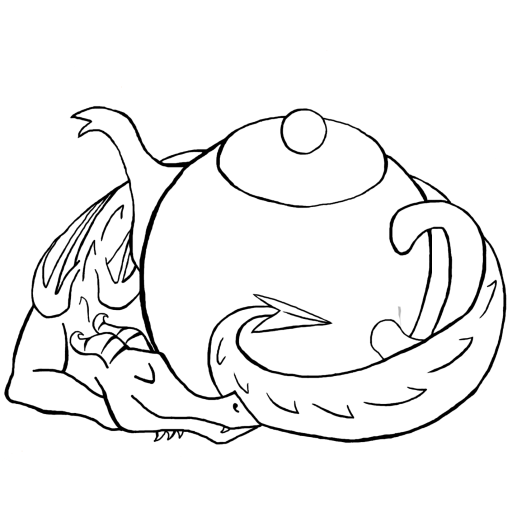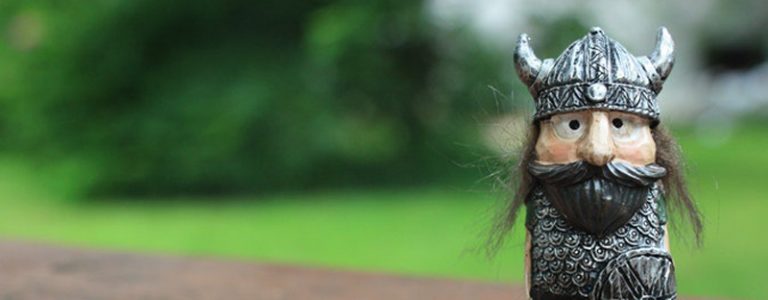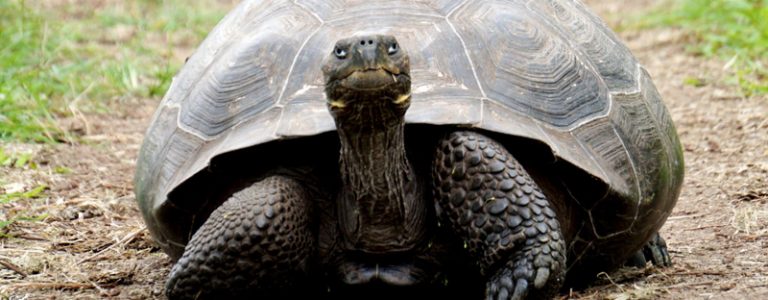Ten Fun Facts About the Loch Ness Monster
Since it’s November, there hasn’t been much time for writing anything other than my NaNo project. I was wondering whether to just disappear for the month and forget about blogging but the truth is that I enjoy writing posts. So rather than come up with fresh, writing related content, this week I’m going to share with you ten fun facts about the Loch Ness monster. Next week will either be ten fun facts about vikings or about the history of submarines.
Why?
Partly because it’s really interesting and partly because it’s related to the story that I’m writing. The Legend of Dreich is set on the shores (and under the waters) of Loch Ness. It’s the biggest body of water in the UK and the second deepest lake in Scotland. At its deepest, it was recorded to be 755 feet although a crevice was found in 2016 that extended down to 889 feet (230 metres), dubbed Nessie’s Lair. The water is particularly dark and visibility poor due to the peat in the surrounding land which filters down into the loch and on the surface, it stretches nearly 23 miles and is between a mile and a mile and a half wide.
Loch Ness is no puddle. But it’s not the beauty of the place (at least not exclusively) that draws the tourists, it’s the unproven stories of the creature that lurks beneath its waters that brings them flocking to the shores, cameras and binoculars in hand.
With the whole thing shrouded in legend, one wonders whether the word ‘facts’ can really be used. So here are ten tasty tidbits about the famous monster of Loch Ness:
10. The first recorded sighting was around AD565
The stories vary. It would appear that Columba rescued a man who was struggling against the monster but whatever the tale, it’s agreed that the monk had some sort of encounter with a serpent-like aquatic creature. There are plenty of similar stories around that era and it’s hard to know whether it really happened. A saint fighting a serpent or dragon-like creature was not unheard of and it made for a good picture of Christ fighting Satan.
9. The real interest began in the 1930s
In April 1933, a man and his wife claimed to have seen a great creature swimming in the loch. It began as an article in the Inverness Courier, a local paper, but the news soon spread to London and beyond. Public interest grew to the point that a £20,000 reward was offered for the monster’s capture. A circus offered the same amount if someone could bring them the Loch Ness monster alive.
8. There were a number of hoaxes over the years
The most famous photo of Nessie was taken in 1934 and later proven to be a hoax. The photo is now known as the Surgeon’s Photo because it brought forward by a surgeon. Strangely enough, he didn’t want to be associated with it even at the beginning.
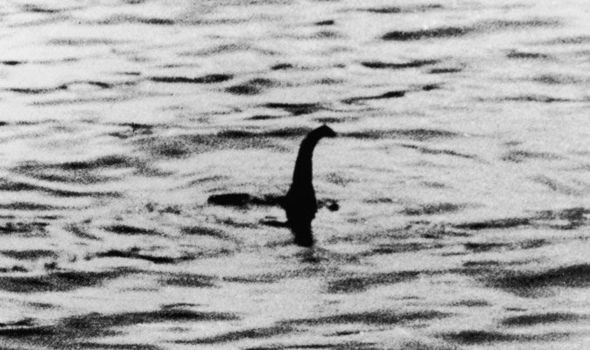
Other Nessie hoaxes have included an April Fool’s Day prank in 1972 where the ‘monster body’ turned out to have been a dead elephant seal. A more recent hoax from 2012 consisted of a man who skippered boat tours on the loch creating a fibreglass hump to make it look like the monster was beneath the water. Here’s a photo, it was a solid effort and good for trade:
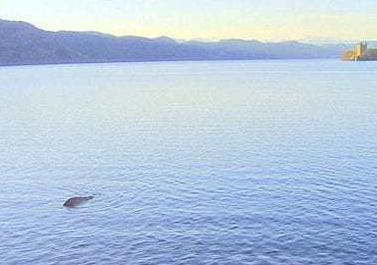
There have been many attempts to photograph Nessie but none have proved conclusive. One image (below) was claimed to be the monster but if you look closely, it could equally be a dog with a large branch in its mouth swimming towards the camera.
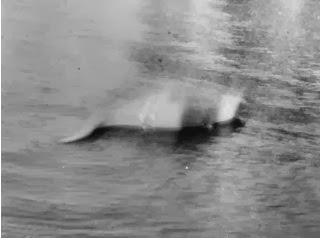
If you’re interested, you can find out more about the various Nessie photos here but my favourite Nessie photo is by far this one (yes, that is Big Foot):
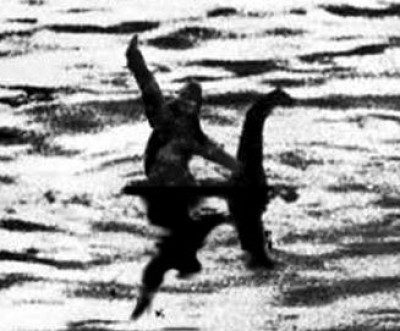
7. The Loch Ness Monster is searched via Google about 200,000 times a month.
On top of that there are over fifteen million hits for the search and 106,000 on Youtube — pages and pages of people claiming to have seen her (sometimes with footage) mixed with videos claiming to debunk her existence.
6. There have been countless searches but no one has ever found her

One of the earliest ‘Nessie Hunters’ was a man called Marmaduke Wetherell (real name), hired by the Daily Mail during the 1933-34 Nessie craze. In the December of 1934 he claimed to have found tracks on the shore. As it turned out, the tracks had been made with a stuffed hippo’s foot and it was a great humiliation for him. Apparently he went on to create the Surgeon’s Photo (above) out of bitterness. If they wanted their monster, he’d give it to them so he created the photo and gave it to the surgeon to take to the press. Or so the story goes, there’s much about it that doesn’t add up.
During that decade, there was a group of twenty men who came to hunt the monster in the loch and a local policeman wrote to the government, requesting protection for Nessie.
Towards the end of December 1954, the fishing boat Rival III performed sonar readings on the loch. At a depth of 479 feet, there was an object which kept pace with the boat awhile before disappearing. Interestingly, one of the largest search operations to date also used sonar and camera technology to look for the creature. The operation took place in 1987 and cost about one million pounds. Contact was made three times with the sonar but all they could find was that whatever it was, it was larger than a shark but not as big as a whale.
There were various hunts for the elusive lake monster and in the 1960s the Loch Ness Investigation Bureau was set up to resolve the matter. They never found anything.
Perhaps the silliest Nessie hunt story was of a group of people in the 1970s who threw bacon in the loch to try to lure her out.
5. There are several people who have pretty much spent their lives looking for Nessie
A scientist by the name of Adrian Shrine has been studying the lake for decades He has his own website if you care to take a look here.
Dr Robert Rines is another who did a lot of research in the 1970s and managed to take some interesting photos. Previously, he helped find the Titanic, then spent more than thirty years searching for Nessie before he passed away in 2009.
Steve Feltham has been searching for Nessie full-time since 1991. He has a website where you can find various videos and photos and keep up with his adventures.
It’s almost understandable. There have been over a thousand sightings since the craze began and the number settles at an average of twenty a year.
4. Nessie has her own latin name
Nessie was given the scientific nickname, Nessiteras Rhombopteryx in 1975. In the 1980s, Maggie Thatcher was seriously considering naming her as an endangered animal.

3. You can be insured against Nessie bites
In 2005 one hundred athletes who were partaking in a triathlon in the area were insured up to a million pounds against being bitten by the Loch Ness monster.
No claims were made.
2. There are an abundance of theories about what people have seen in the loch
One of the least plausible answers came from a curator of palaeontology at Glasgow University’s Hunterian Museum. He suggested sightings may in fact have been elephants swimming in the lake. Though it sounds like something from a Goon Show, this may have been the case back in the 1930s when there were travelling circuses and the like but it seems unlikely in the current day. The monster has also been suggested to be a sea serpent or dinosaur that swam into the lake before it became landlocked (although Loch Ness is freshwater so I’m not sure how that works); specifically a plesiosaur (though scientists say she’d be much easier to find if she was);a seal; a catfish; an overgrown eel; or even a Greenland shark as they grow to over twenty feet long and have no dorsal fin.
Other suggestions include tourists mistaking logs and branches for something more or bubbles and splashes caused by underwater earthquakes.
1. Creatures like her appear all over the world throughout history.
Nessie is famous across the world, even with such sparse evidence for her existence. That said, similar tales crop up all over the place. Chinese myths of water dragons describe a similar creature, Norway has their Lagarfljótsormurinn, and even in Egypt an ancient stone appears to show a plesiosaur-looking hieroglyph.
So it there a monster lurking beneath the shores of Loch Ness? Even having lived up that way I couldn’t tell you. I should be writing a middle-grade adventure novel, not procrastinating with conspiracy theories.

YOUR TURN
- Do you believe in Nessie? What’s your favourite unexplained natural mystery?
- What strange things have you read up on to help you write a story (clean rating please)?
